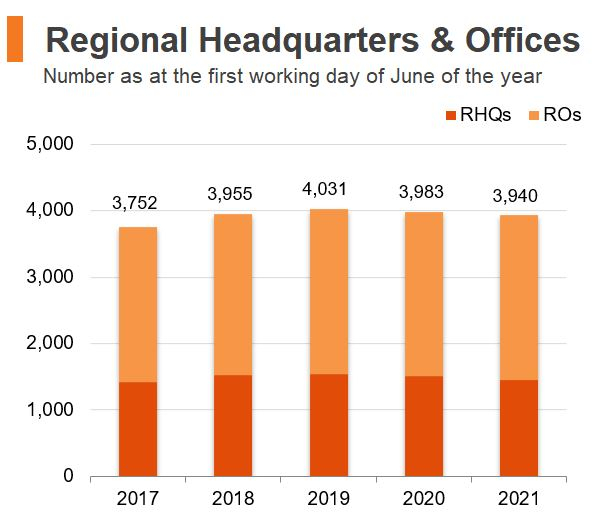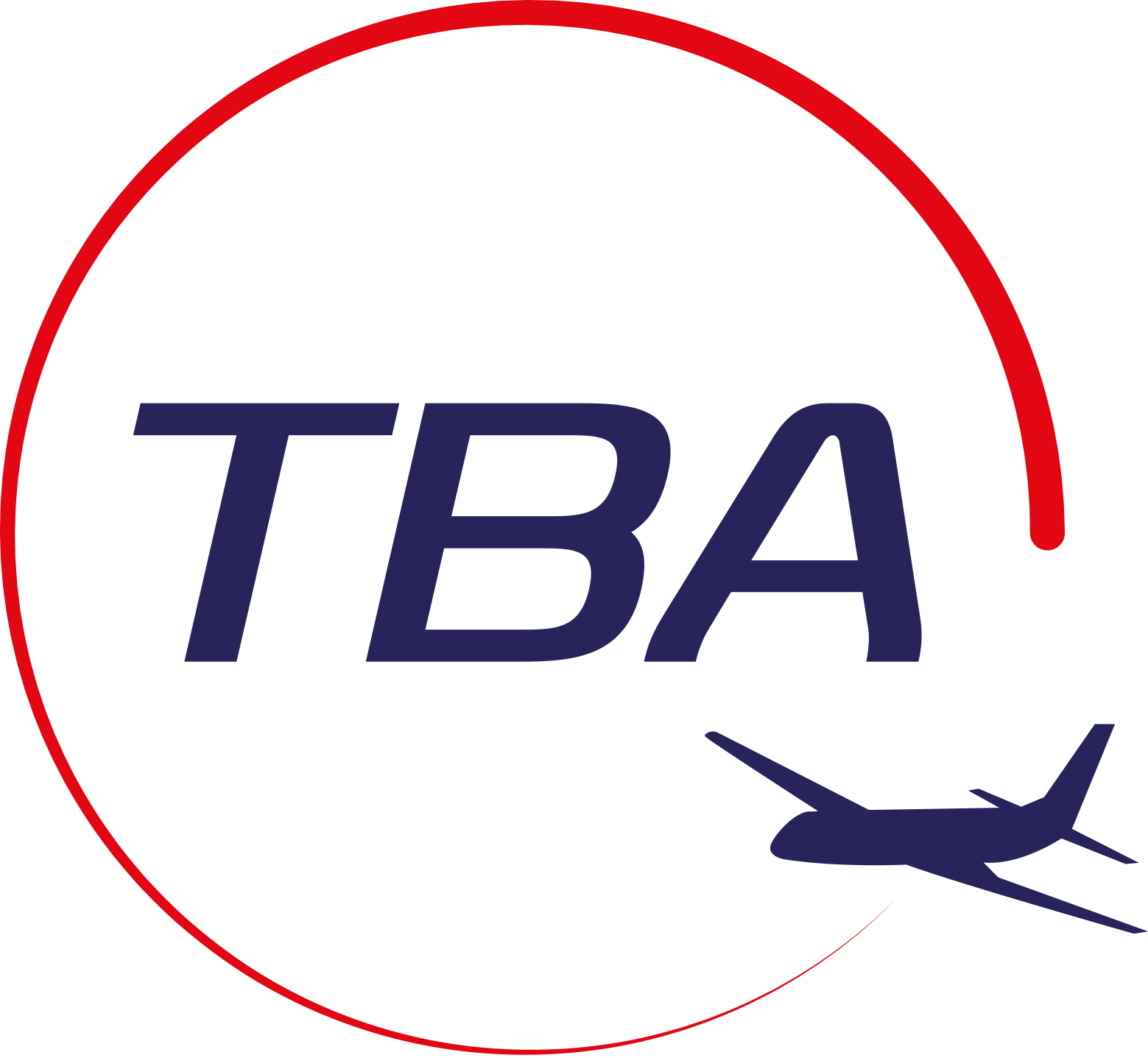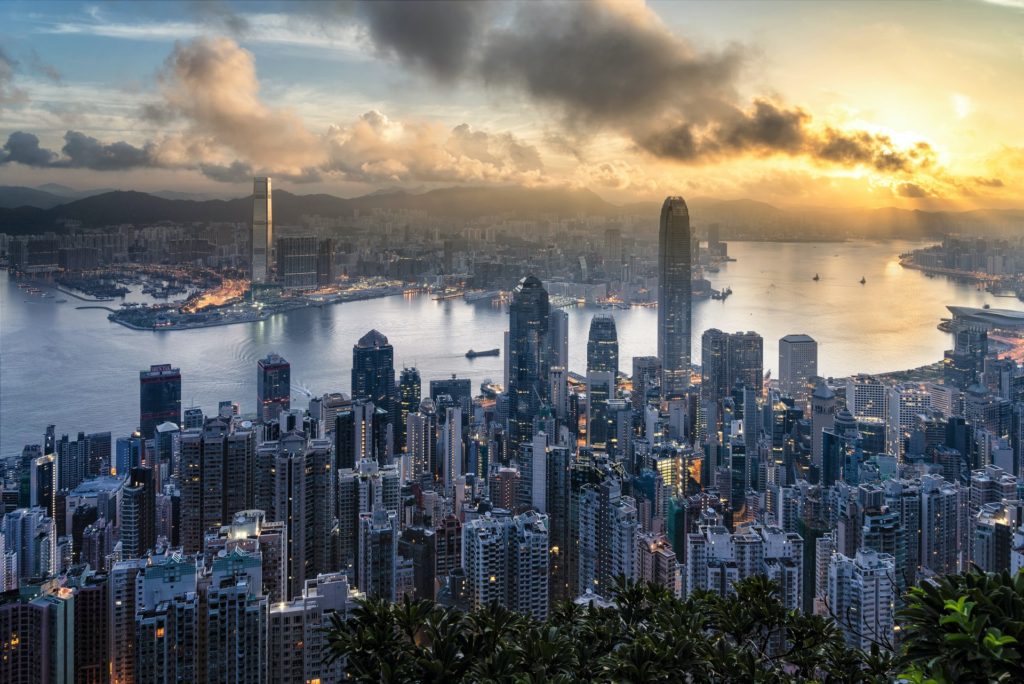
Research and knowledge are the first steps for Hong Kong Travel Business Assistance. Here is a fact file for Hong Kong to get you started. Contact us if you are looking to start a business in or expand your market to Hong Kong. We have consultants ready to help you on the ground in Hong Kong.
Simplify your business travels and market expansions – Book your free consultation with Travel Business Assistance now.
BASICS:
Population: 7.39 million (2021)
Population density: 6,659 people / km² (17,311 people / mi²)
Total size: 1,106 km² (427 mi²) – 1.5x size of Singapore and 6x Washington D.C.
Time Zone: GMT+8 (HKT)
Currency: 1 Hong Kong Dollar (HKD) = $0.13 USD
Official language: English and Chinese (Cantonese)
Romanization / Transliteration system: Hong Kong Government Cantonese Romanisation
Writing system: Traditional Chinese
Government: Special administrative region of China with independent executive, legislative and judicial branches
Chief Executive of Hong Kong: Carrie Lam (since 2017)
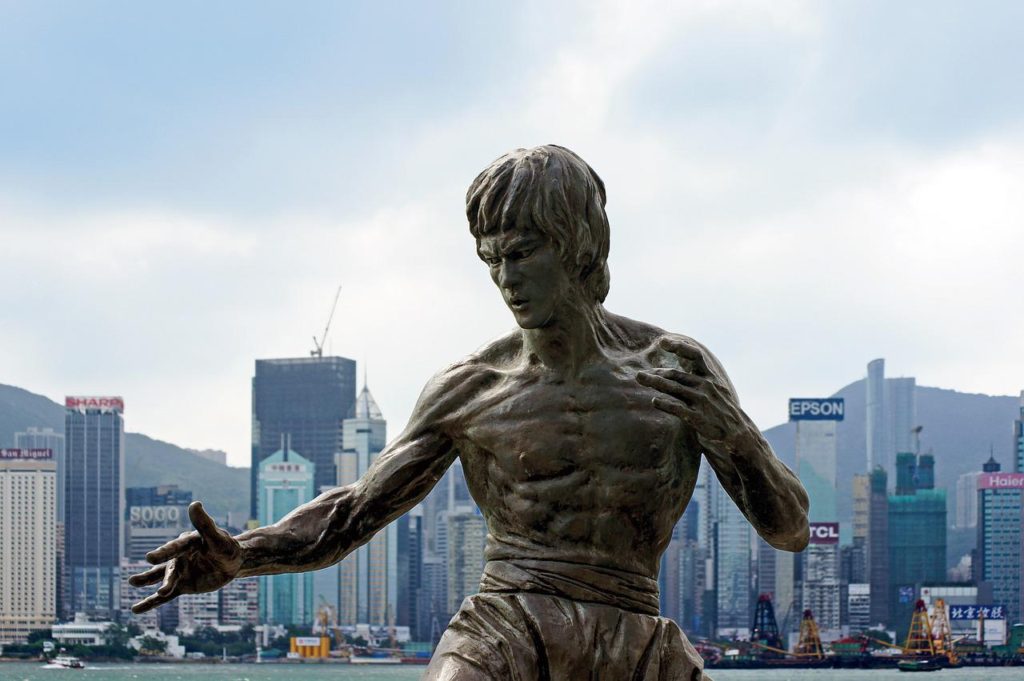
TIMELINE
- 221 B.C.: First records of the region in Chinese history records during the Qin Dynasty.
- 1757: Beginning with India and moving east, the British East India Company pursues a monopoly on opium production.
- 1839-1942: First Opium War.
- 1842: Following the First Opium War, the Chinese Qing dynasty cedes Hong Kong Island to Britain through the Treaty of Nanking.
- 1843: Ying Wa College, an Anglo-Chinese school formed by missionaries, is moved to Kowloon from Malacca, Malaysia, becoming the oldest school in Hong Kong today
- 1856-1960: Second Opium War.
- 1860: Following the Second Opium War, the Chinese Qing dynasty cedes Kowloon to Britain through the Convention of Peking.
- 1898: Following similar conventions signed with Germany, Russia and other European powers, Qing China signs the Convention for the Extension of Hong Kong Territory (or the Second Convention of Peking) with Britain. This leases the New Territories and 235 islands to Britain, rent-free, for 99 years.
- 1937-1945: The Second Sino-Japanese war between the Republic of China and the Empire of Japan turns Hong Kong into a refuge for fleeing mainland Chinese residents.
- 1941: Japan occupies Hong Kong. Many residents of Hong Kong flee to mainland China; the population drops by more than 50% from 1.6 million residents in 1941 to 650,000 by 1945.
- 1950s – Hong Kong begins to see economic revival through the development of light industries.
- 1970s: Hong Kong becomes one of the region’s Four Asian Tigers—Hong Kong, Singapore, South Korea, and Taiwan—undergoing rapid industrialization and becoming economic powerhouses. Its economy thrives on high-technology industries.
- 1979: Mass Transit Railway (MTR) is established.
- 1984: Sino-British Joint Declaration is signed between the United Kingdom and the People’s Republic of China to return Hong Kong to Chinese rule in 1997 under the “one country, two systems” approach. “One country, two systems” would allow Hong Kong to retain a capitalist economy and partial democracy for 50 years following the 1997 handover, despite legally becoming a part of China.
- 1989: Following the Tiananmen Square Massacre, protests of more than 1 million people each erupt in Hong Kong three consecutive Sundays.
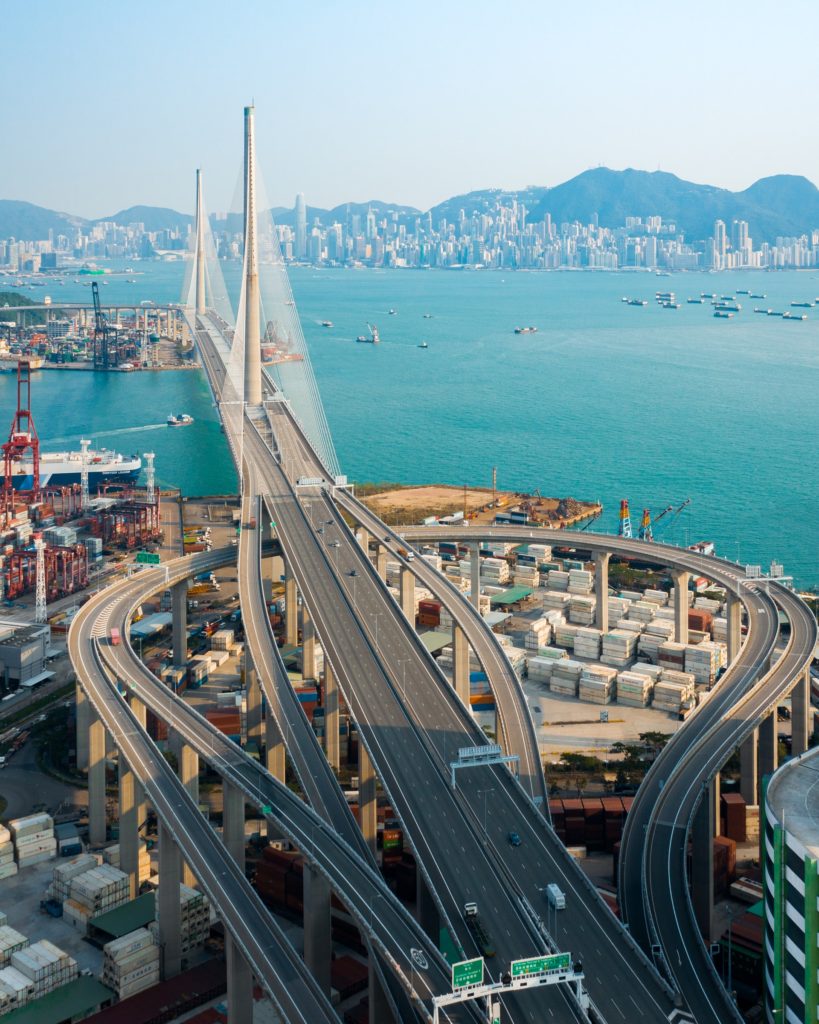
- 1990: Hong Kong Basic Law is ratified by the National People’s Congress of the PRC, for taking effect in 1997. This law outlines the basic policy and position of China on Hong Kong.
- 1992: United States-Hong Kong Policy Act (or Hong Kong Policy Act) is ratified by the US Congress to allow the U.S. to treat Hong Kong separately from the PRC, following the 1997 Hong Kong handover, regarding export and economic control.
- 1997: Following more than 150 years of British Control, Hong Kong is transferred to the PRC. Chris Patten departs his role as the final British Governor of Hong Kong. The PRC hand-picks Tung Chee-hwa, a shipping magnate with no previous political experience, to serve as the first Chief Executive of Hong Kong under the new administration.
- 2003: Between March and June, Hong Kong manages the SARS outbreak, which finally no cases in reports zero cases in June.
- 2005: Tung Chee-hwa resigns and is succeeded by Chief Executive Donald Tsang.
- 2007: Beijing states that by 2017, the people of Hong Kong will be allowed to directly elect their leader; and by 2020, their legislators.
- 2009: On the 20th anniversary of the Tiananment Square Massacre, tens of thousands of people in Hong Kong attend a vigil. Of all regions in China, Hong Kong is the only to mark the anniversary.
- 2012: Chief Executive Leung Chun-ying succeeds Donald Tsang.
- 2014: Beijing states that Hong Kong will not be allowed to have a fully democratic leader in 2017; all candidates must be approved by Beijing.
- 2017: Chief Executive Carrie Lam, who was Leung Chun-ying’s Chief Secretary, succeeds Leung Chun-ying.
- 2019: The Hong Kong government proposes the Fugitive Offenders and Mutual Legal Assistance in Criminal Matters Legislation (Amendment) Bill, which would allow extradition of fugitives for mainland China, Macau and Taiwan. Pro-democracy protests erupt.
- 2020: Covid-19 policy reflects a “zero-pandemic” approach, which kept numbers low in Hong Kong while global infection and mortality rates raged.
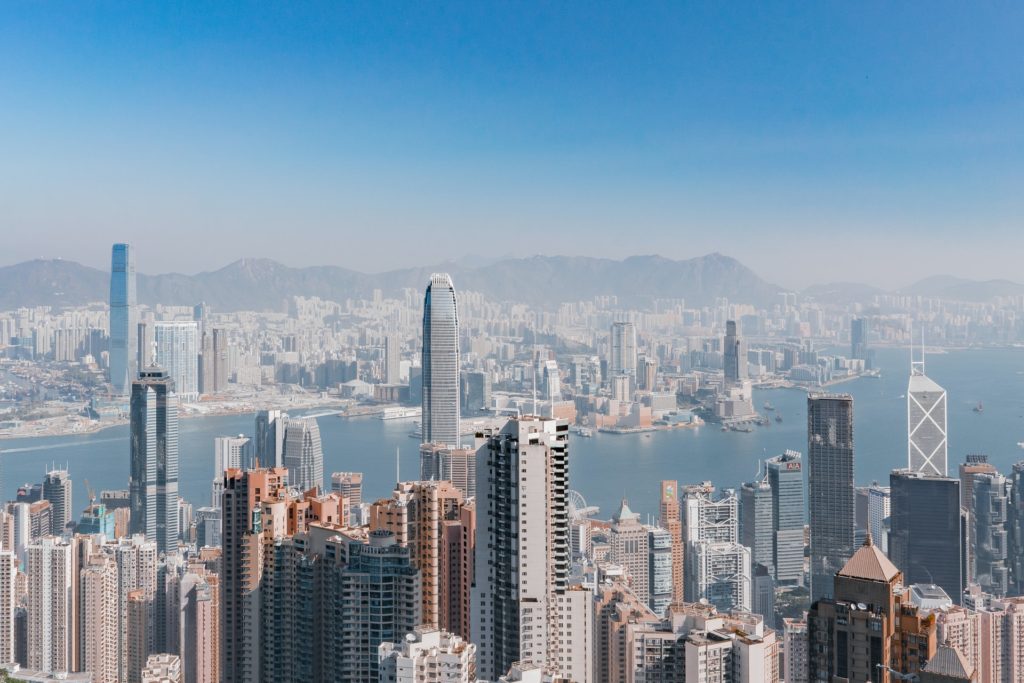
THE FRAGRANT HARBOUR:
As a whole, the Guangdong–Hong Kong–Macau Greater Bay Area, or Greater Bay Area (GBA).
includes nine cities in Guangdong province of China—Shenzhen, Guangzhou, Foshan, Dongguan, Zhuhai, Zhongshan, Huizhou, Zhaoqing and Jiangmen—and the two Special Administrative Regions (SARs) of Hong Kong and Macau.
Much of Chinese emigration of the 19th and mid-20th centuries traces back to this region, such that much of the Chinese diaspora—and especially the original residents of Chinatowns—in the US, Canada, Australia, Latin America and Southeast Asia, traces their ancestry to the Western side of the GBA. For this reason, many cultural similarities can be found—in language and cuisine, for example—between the GBA region the diaspora Chinese populations throughout the world.
By land area and population, the GBA has the greatest land area and population of all metropolitan areas in the world; it is followed by the Tokyo Bay Area, New York Metropolitan Area and San Francisco Bay Area. Its combined regional GDP is the 12th in the world, at $1.68 trillion USD (2019); by itself, if ranked with country GDPs, it would be among the top 10 economies in the world.
The flourishing economy of this region makes for lucrative trade. Hong Kong S.A.R., however, uniquely offers an opportunity to businessowners due to its relaxed taxation laws that are lucrative for businesses.
GEOGRAPHY & CLIMATE:
Climate: sub-tropical (hot, humid summers and mild winters), with tropical cyclones in the summer (July to September)
Precipitation: 80% of rain falls between May and September, during the summer monsoon season
Hottest month, July/August: average high = 31°C (88°F); average low = 27°C (81°F)
Coldest month, January/February: average high = 19°C (66°); average low = 15°C (59°F)
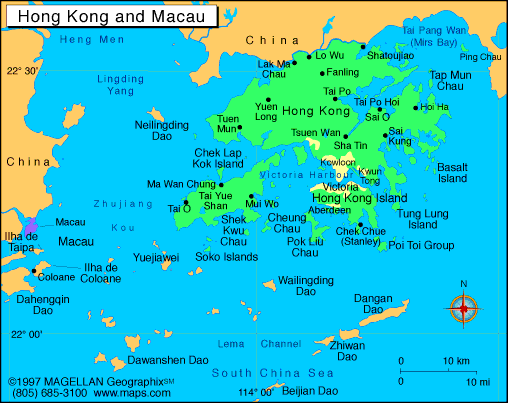
Location: South China Sea, bordering southern China
Territories:
Hong Kong is divided into three territories: the New Territories, Kowloon, and Hong Kong Island. Although Kowloon and Hong Kong Island make up respectively 4% and 7% of the total land mass, they account for approximately half of Hong Kong’s total population. As part of its jurisdiction, Hong Kong also has 260 outlying islands. Victoria Harbour, which separates Hong Kong Island and Kowloon Peninsula, is a natural landform ports and one of the deepest in the world.
To the north, Hong Kong borders southern China—at the mouth of the Pearl River Delta (PRD) Metropolitan Region, where the Pearl River flows into the Pacific Ocean—and to the west, east and south, Hong Kong borders the South China Sea. As a whole, this region forms a megapolis known as the Guangdong–Hong Kong–Macau Greater Bay Area, or Greater Bay Area (GBA).
MUST SEE LIST:
- Victoria Peak – Lookout point with the best city views in Hong Kong. The Peak Tram takes visitors all the way to the top.
- Victoria Harbour – Marina area offering cruises to view the skyline
- Hong Kong Disneyland
- Temple Street Night Market – Great place to haggle for clothes, souvenirs
- Mong Kok – great place to stroll for a flavor of authentic, local Hong Kong, with lots of street food, cheap vendors, and vintage neon light signs
- Happy Valley Racecourse – horse races take place every Wednesday at HK’s only venue for state-sanctioned gambling
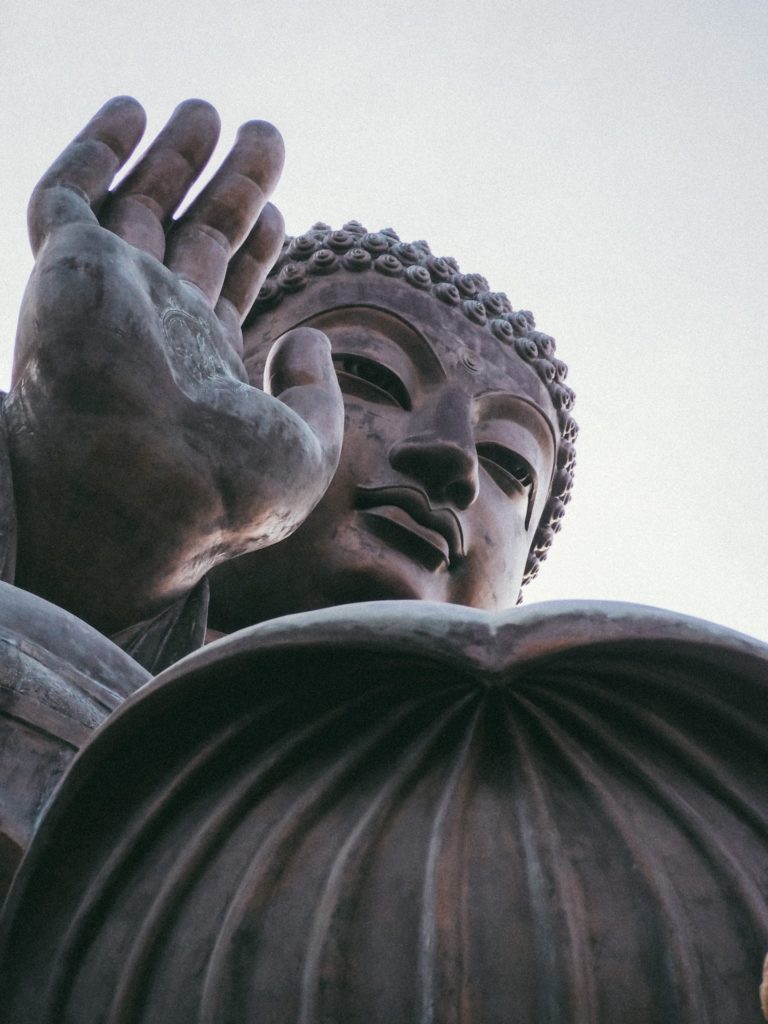
HIKING AND NATURE:
- Tian Tan Buddha
- Dragon’s Back
- Lion Rock
- Shek O Beach – One of the best beaches in HK; accessible by bus
- Hong Kong Park
- Hong Kong Zoological and Botanical Gardens
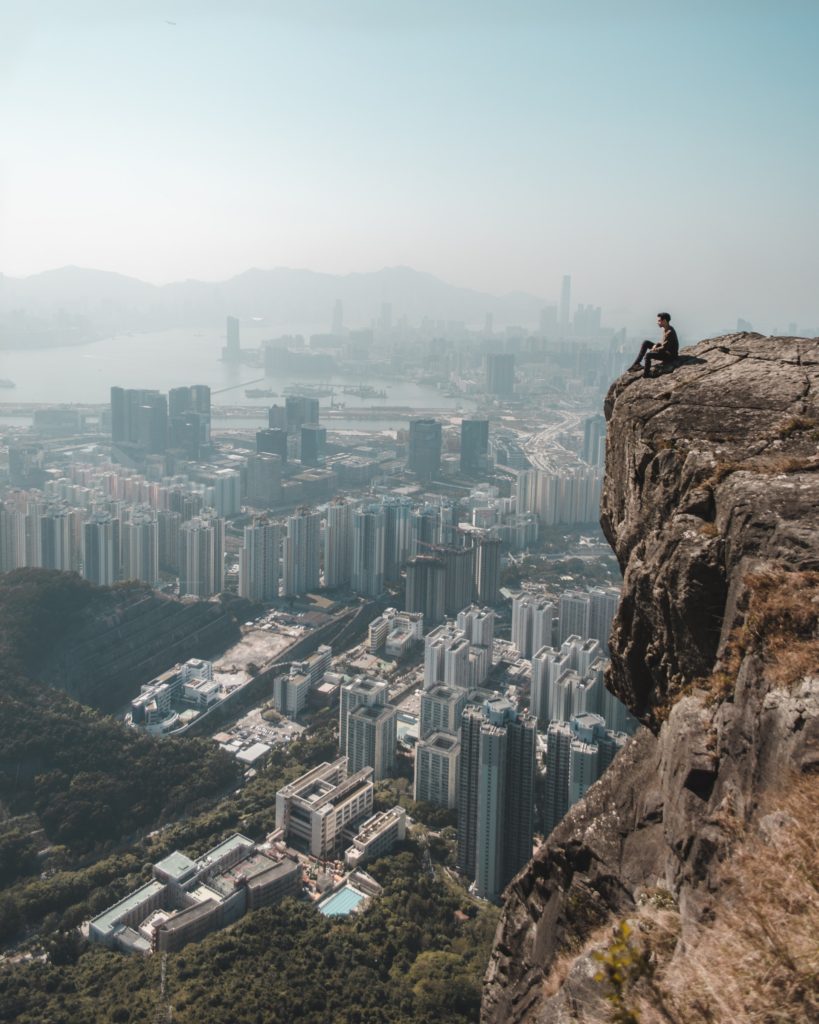
BARS & CLUBS:
- Tsim Sha Tsui (TST) – shopping and nightlife district that offers both luxury cocktail and dive bars in southern Kowloon
- Lan Kwai Fong (LKF) – this is a small section of the Central District, where there are any clubs and bars popular with the younger crowd are
As of May 2022, Hong Kong nightlife is currently open. Clubs are open until 2 AM, but tables are limited to 4 people due to Covid-19. However, these regulations change every few months based on the health situation.
OTHER ACTIVITIES:
- Shopping malls: K11 and IFC
- Vintage shopping: Granville Road
- Massages (much cheaper than in the West!)
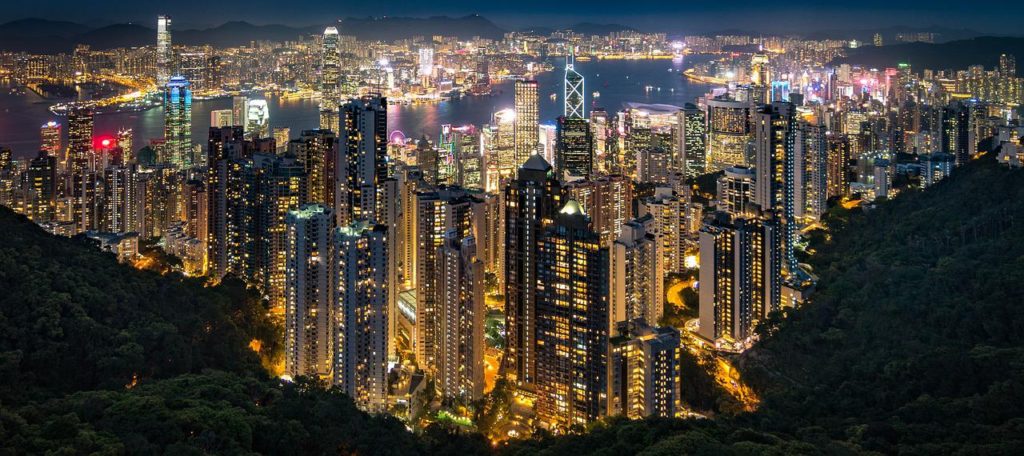
CANTONESE CUISINE:
Closer in style to what is considered “American Chinese” and “Western Chinese” food, Cantonese food is where what is known as “Chinese food” originated from. Since most Chinese immigrants to the West during the 19th and mid-20th centuries came from the Pearl River Delta (PRD) of China, which is why the style of Cantonese cooking may be familiar to the Western palate, albeit utilizing different ingredients native to the region.
Dai Pai Dong: These cheap, street-side open-air stalls are great for finding authentic, local Cantonese cuisine.
Vegan and Vegetarian: An increasing number of Western-style vegan and vegetarian restaurants have been opening up in recent years. In addition, many traditional vegetarian dim sum, South Indian style and Buddhist (lacto-ovo) food stalls have been open for many years. These options give vegetarians and vegans many options to choose from.
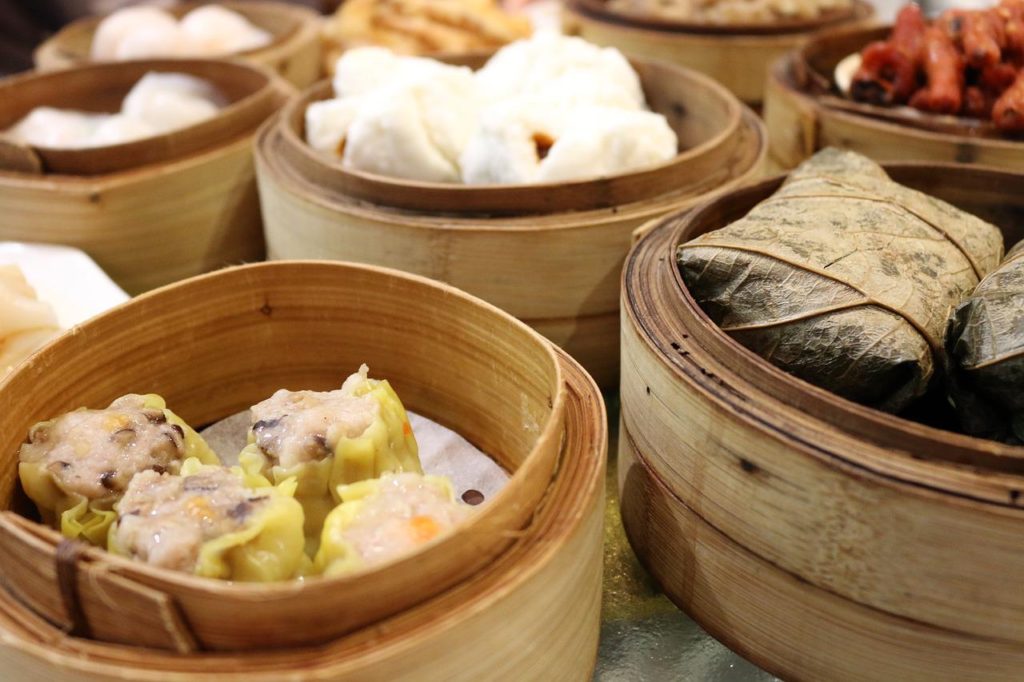
Hong Kong Dimsum:
- Barbeque pork buns
- Cantonese siu mai
- Rice noodle rolls (Cheung fan) (optionally vegan)
- Steamed shrimp dumplings (Har Gow)
- Glutinous rice-stuffed bamboo leaf Joong (Zongzi) (optionally vegan): Glutinous rice is wrapped inside a bamboo leaf with a savory or sweet filling. Common fillings include cured pork belly, split mung beans, and duck yolk, lap cheong, red bean paste, or traditional “mock meat” sausage.
- Custard buns(奶黃包)
- Hong Kong Egg Tart- a 20th-century local adaption of the English custard tart and Portuguese pastel de nata
Popular Dishes Paired with Rice:
- Sweet and Sour Pork(咕噜肉)
- Wind Sand Chicken(风沙鸡): Crispy roasted chicken coated with minced garlic; the garlic gives the dish its name, as it looks like small pieces of wind-blown sand when cooked
- Shrimp and Chicken Balls(龙凤球): Shrimp and chicken are combined into a meatball.
- Fish Balls(鱼丸): Like the former, fish is diced into fine pieces and formed into meatballs.
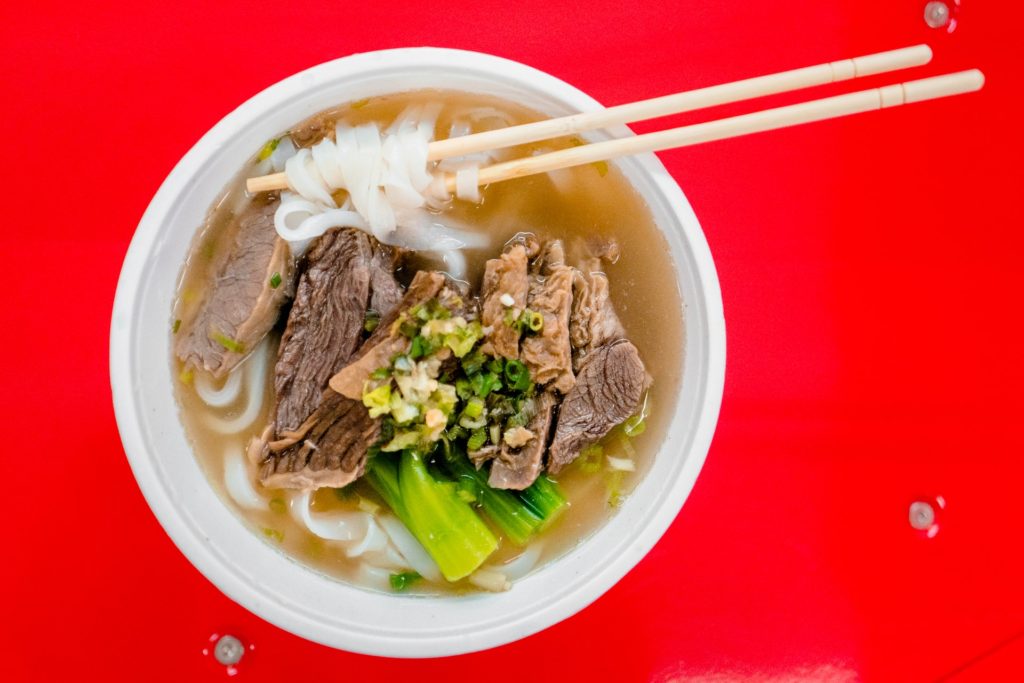
Noodle Soups:
- Hong Kong Wontons(香港云吞): Hong Kong-style wontons are stuffed with shrimp or other seafood, and then paired with noodles for a soup-style dish.
- Rickshaw Noodles(车仔面): This is a cultural Hong Kong food of the 20th century, a nod to noodle carts that were popular on the street side. Various noodles, toppings, and soup broths are used. Although these carts were historically associated with low cost and low hygiene, the name has stayed with Hong Kong noodles even as vendors have left, due to its lasting cultural legacy.
For a Sweet Tooth:
- Hong Kong-style Milk Tea(港式奶茶): Hong Kong-style milk tea is a popular drink that is served with lunch or afternoon tea, made with Ceylon black tea, evaporated milk, and sugar. The tea is considered part of the Intangible Cultural Heritage of Hong Kong.
- Sago Pudding(西米露): This pudding combines sago or tapioca with water or milk and seasonal fruits. It is a popular dessert in the hot Hong Kong summer.
- Pineapple Bread(菠萝包): This is a popular custard-filled pastry that doesn’t contain pineapple. However, a mixture of flour, eggs, sugar, and lard forms a pineapple-like surface on top of the pastry – lending to its name.
TRANSPORTATION:
Airport: Hong Kong International Airport (HKG) (also known as Chek Lap Kok International Airport)
Local transportation:
- Octopus card: The Hong Kong Octopus Card can be used on the MTR, Star Ferry, buses, and trams, as well as at 7-Eleven. They are sold at MTR stations or at 7-Eleven.
- MTR (Mass Transit Railway): The most popular public transport system, connecting Hong Kong Island, Kowloon, the New Territories, and Lantau Island through ten MTR lines and 70+ stations
- Bus routes cover almost all areas of Hong Kong, except outlying islands. Most buses are air-conditioned.
- Tramway & Peak Tram: One of the oldest public transport systems in HK, it operates on the northern side of Hong Kong Island and is a popular sightseeing attraction
- Star Ferry: The ferry travels between Hong Kong Island and Kowloon Peninsula, offering a panoramic view of Victoria Harbour and the Hong Kong skyline.
- Taxis: The three types of HK taxis are red, green and blue taxis, depending on the area of travel. Red taxis serve HK’s urban areas; green taxis serve the New Territories; and blue taxis serve Lantau Island. Note that there are extra charges of driving through paid underground tunnels and for transporting baggage. Almost all taxi drivers speak English.
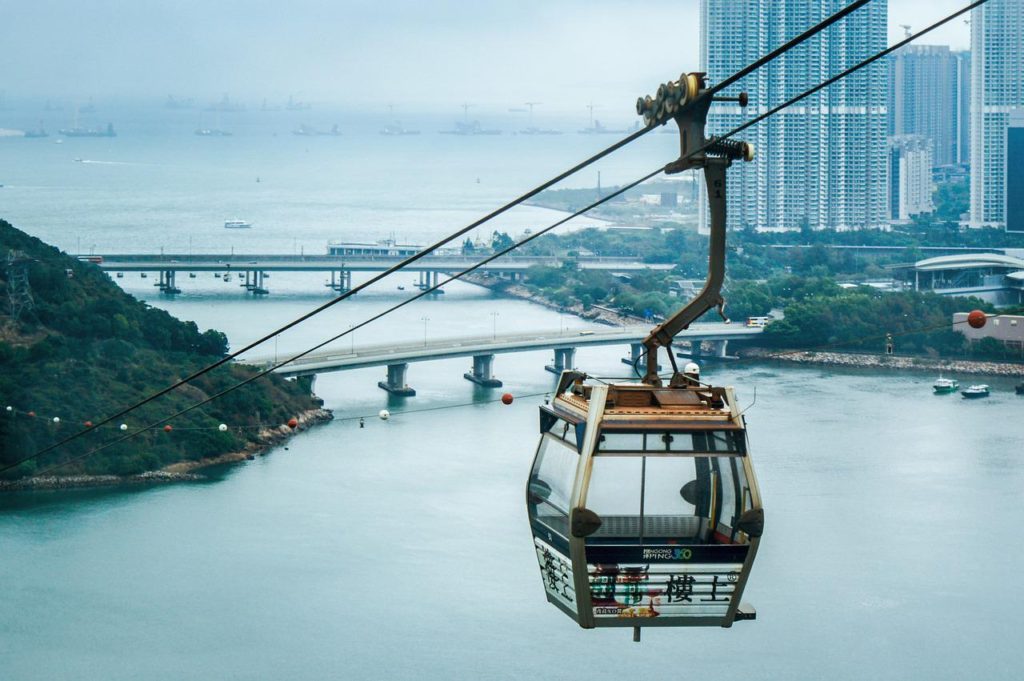
DOING BUSINESS IN HK:
Given its historical ties to the UK, high English proficiency, and gateway to commerce in China, Hong Kong is considered a major financial hub, especially for businesspeople of the English-speaking world. Multinational companies have traditionally felt more comfortable doing business in HK compared to cities in mainland China because of low corporate tax rates, the common law system (which provides consistency in the corporate legal framework), and the ease of business startup. Additionally, Hong Kong’s status as a global shipping hub makes it a strong option for trade.
Taxation: What has traditionally attracted foreign business, taxation in Hong Kong is one of the lowest in the world. In Hong Kong, there is no capital gains tax, VAT, dividends tax, payroll tax, estate duty tax, or inheritance tax. For Hong Kong-based businesses, there is also zero tax on profits earned overseas. Taxes that are required include salary tax, gains tax, property tax, and stamp tax; however, the combined total is lower than most other countries in the world, such that Hong Kong has developed a reputation as one of the most lucrative places to conduct business in the world.
More information about taxation: https://research.hktdc.com/en/article/MzU2MDk4MDUz
Types of businesses: Business owners may incorporate their businesses in one of several ways. These include Public Limited Companies, Private Limited Companies, Limited Partnerships, and Sole Proprietor (Sole Traders).
More information about setting up a company: https://research.hktdc.com/en/article/MzU2MDY5MDk5
Free trade: Hong Kong maintains a free trade policy with no restrictions on importing and exporting goods, except for prohibited and controlled goods. However, declarations to the government are required within 14 days of the import or export of a product.
More information about trade policy: https://research.hktdc.com/en/article/MzU2MTA5NjU3
For more general information about the HK Common Law: https://uk.practicallaw.thomsonreuters.com/w-007-8233?transitionType=Default&contextData=(sc.Default)
HEALTH DURING COVID-19 (2022)
Initially, during late 2019 and 2020, Hong Kong adopted a zero-pandemic strategy by enacting a strict lockdown and shutting down its tourism sector. As of May 2022, most restaurants and bars have re-opened, many closing at 2 A.M., although with restrictions such as 4 visitors per table. Outdoor masking is still legally required, and initial endorsement of Sinopharm—despite the availability of the Pfizer vaccine—has led to some lasting vaccine hesitancy.
Although the tourism sector has not yet officially re-opened, business has slowly regained its footing. Other restrictions that previously limited business have been relaxed as well, such as a previous 21-day hotel quarantine that has been shortened to only 7 days. The number of regional headquarters (RHQs) and regional offices (ROs) have maintained stable despite the pandemic of the last two years, continuing their business activity in Hong Kong. As the world moves forward from the effects of Covid-19, Hong Kong has begun to regain its liveliness and important status within the global economy.
